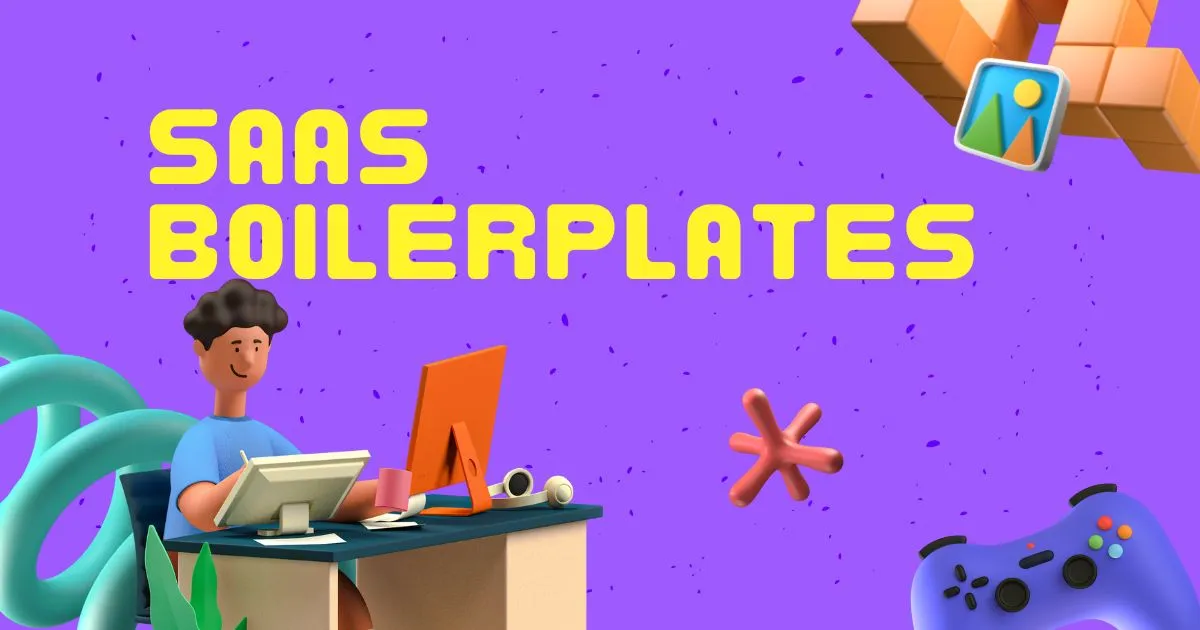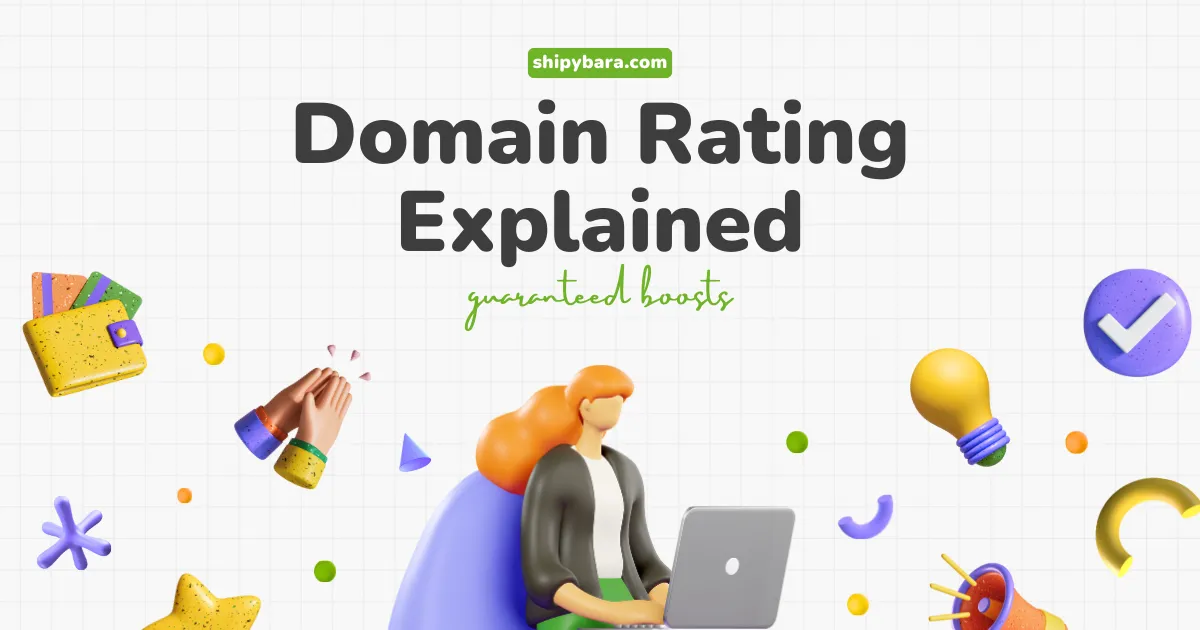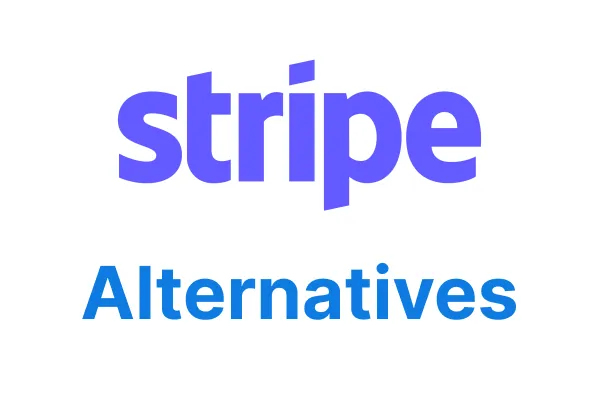OnlyFans SaaS: Build Tools for Adult Content Creators
Discover the untapped OnlyFans SaaS market. Learn why smart founders are building B2B tools for adult creators in a billion-dollar space with zero competition.

The OnlyFans SaaS Gold Rush Nobody's Talking About
Here's something wild: there's a vertical doing billions in creator payouts, with terrible tooling, high willingness to pay, and almost zero competition from serious SaaS companies.
Why? Because it's the adult creator economy, and most founders would rather compete in oversaturated markets than deal with the stigma.
The creator economy's ignored segment
The broader creator economy is hot right now. VCs are pouring money into tools for YouTubers, TikTokers, and Instagram influencers. Everyone wants to build the "Shopify for creators" or the "analytics dashboard for content."
But there's a massive segment getting ignored: adult content creators on platforms like OnlyFans, Fansly, and similar subscription sites. These creators operate like any other digital business—they need marketing, retention, analytics, and operations tools. The difference? Nobody's building for them.
Why OnlyFans SaaS makes sense from a business model perspective
Let me break down why this works as a SaaS opportunity:
Recurring revenue on both sides: These platforms are already subscription-based. Creators understand SaaS pricing because they live it. They're already thinking in MRR terms for their own business.
High LTV potential: A successful creator making $10k-50k/month will happily pay $99-299/month for tools that save time or increase revenue. The unit economics work better than most prosumer SaaS.
Fragmented workflow: Creators are juggling 5-10 platforms for distribution (Reddit, Twitter, Instagram, Telegram, Discord, TikTok), plus the subscription platform itself. That's a lot of context switching and manual work—perfect for software to solve.
Poor existing solutions: Most use generic tools not built for their workflow. Imagine using a standard CRM to manage thousands of DMs from subscribers. It doesn't work well.
The technical opportunities
Let me get specific about what you could build:
Multi-platform content distribution
Creators are manually posting the same content across platforms with slight variations. Think about it: a censored version for Instagram, a suggestive version for Twitter, a full version for the subscription platform. Different captions, different hashtags, different optimal posting times.
That's a perfect use case for smart scheduling with template variations and platform-specific optimization. Buffer and Hootsuite exist, but they're not built for this content type or workflow.
Subscriber lifecycle management
The churn problem is fascinating from a product perspective. In traditional SaaS, we obsess over retention metrics, cohort analysis, and engagement scores. These creators are losing 40-50% of subscribers monthly and have zero tooling to understand why.
You could build:
- Engagement tracking (who's actually viewing content vs just subscribed)
- Churn prediction based on interaction patterns
- Automated win-back campaigns
- A/B testing for different content types to see what retains better
- Lifetime value calculations per subscriber source
This is basic SaaS playbook stuff, just applied to a new vertical.
Smart DM management
Popular creators get hundreds of DMs daily. Some are sales opportunities (custom content requests), some are support questions, many are noise. Right now they're manually triaging everything.
You could build intelligent routing:
- Filter and categorize incoming messages
- Detect purchase intent
- Auto-respond to common questions
- Priority queue for high-value subscribers
- Response templates that don't feel robotic
It's essentially customer support software, but nobody's built it for this use case.
Financial operations
Here's an interesting angle: these creators have complex tax situations. Income from multiple platforms, expenses across different categories, estimated quarterly taxes, deductions most accountants don't understand.
There's one accountant mentioned in various articles with 100+ creator clients. That's not scalable. But software could be:
- Automated expense categorization
- Multi-platform income aggregation
- Tax estimation and quarterly reminders
- Deduction maximization (home office, equipment, software subscriptions)
- 1099 management from platforms
Think Bench or Pilot, but purpose-built for this income structure.
The go-to-market challenges (and how to think about them)
Let's be honest about the hard parts:
Payment processing: This is your biggest operational risk. You need to research high-risk processors upfront. Don't build on Stripe and hope—have a backup plan before you launch. Consider cryptocurrency payments as an alternative revenue stream.
Customer acquisition: You can't run Facebook ads. Instagram will shadow ban you. So what works?
- Reddit (carefully—each subreddit has different rules)
- Twitter (more permissive but still risky)
- Direct partnerships with popular creators who can promote you
- Telegram communities where creators hang out
- SEO for long-tail keywords (this article is an example)
Building trust: These creators are naturally skeptical. Your GTM needs to reflect that:
- Transparent pricing (no hidden fees)
- Privacy-first messaging (you're not storing their content)
- Free tier or trial (let them test without risk)
- Case studies from real creators (with permission)
- Clear explanation of what you do/don't do with their data
Network effects: Consider building in two-sided mechanics. If creators can help each other promote (safely and consensually), you're creating value beyond just your core product. Think Telegram groups but with better structure and discovery.
Real monetization opportunities broken down
The bootstrap vs VC question
This is a bootstrap opportunity, not a VC one. Here's why that might be perfect:
You won't get VC funding. Institutional investors won't touch this vertical. But that's actually good because:
- You can stay small and profitable
- No pressure for hypergrowth that doesn't make sense
- You control your own timeline and decisions
- Exit pressure doesn't force bad choices
If you can get to $50k MRR with 200 customers paying $250/month, you've got a great lifestyle business. And that's totally achievable in a market this underserved.
Should you actually build OnlyFans SaaS?
Here's my honest take:
This isn't for everyone. If you need your startup to be Instagram-friendly or something you can easily pitch at networking events, look elsewhere.
But if you can handle:
- Operational complexity (payment processing, platform bans)
- Social judgment (friends and family asking uncomfortable questions)
- Customer development challenges (building trust with skeptical users)
- Limited support network (fewer mentors willing to help)
Then you're looking at a market where you can build a real business with actual differentiation. Not because your product is 10x better, but because you're willing to operate in a space others won't.
The fundamentals are solid:
- Large, growing market
- Painful problems not being solved
- Customers with budgets actively spending
- Almost no credible competition
- High switching costs once you're integrated into their workflow
Most successful businesses exist in "unsexy" verticals. Waste management. Funeral software. Compliance tools. This fits that pattern—it's just more visible, which makes it psychologically harder.
The opportunity is real. The question is whether you're willing to deal with everything that comes with it.
Getting started (if you're serious)
Don't build in stealth for 6 months. Talk to creators first:
- Join creator communities on Reddit and Twitter (lurk first)
- Offer free consulting to 5-10 creators to understand their workflow
- Ask what tools they currently use and why they're inadequate
- Look for patterns in their complaints and manual processes
- Build an MVP that solves ONE specific problem really well
And figure out payment processing before you write a line of code. That's your biggest risk and you need a solution from day one.
The market's there. The problems are real. Most founders won't touch it.
That's your edge.



